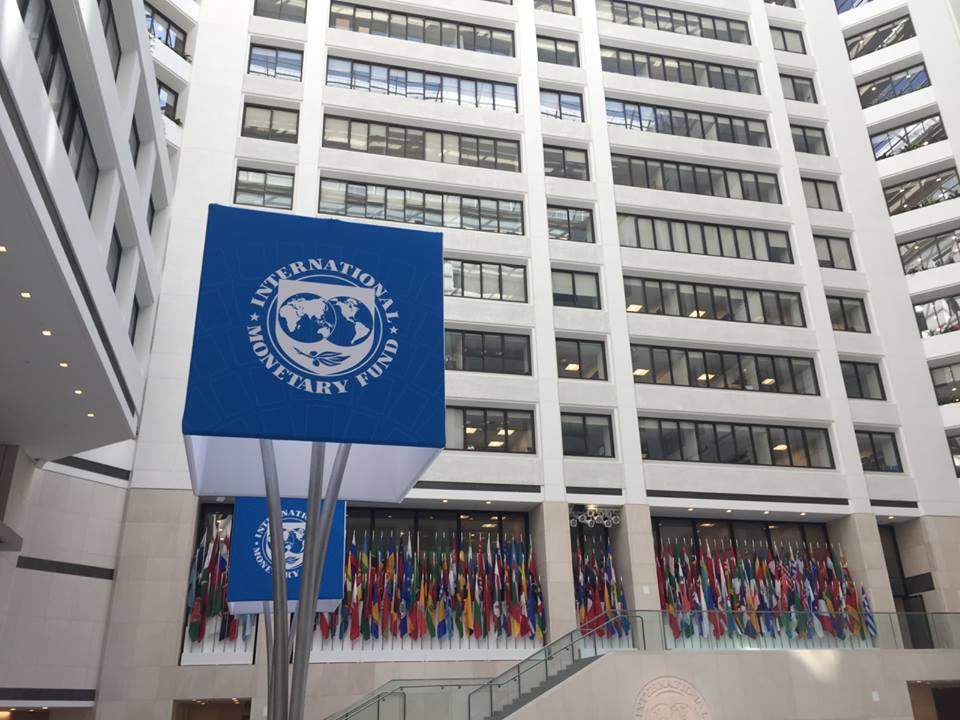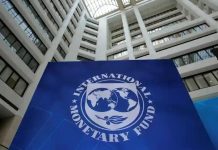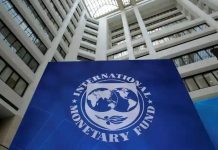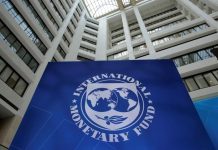THE International Monetary Fund (IMF) approved the Staff-Monitored Programme (SMP) for Zimbabwe on May 15, 2019, with the programme covering a period of one fiscal year from May 2019 to March 2020.
The SMP was designed to support the Zimbabwean government’s reform agenda following successive years of budget deficits (averaging US$2,26 billion from 2016 to 2018), monetary instability, growing public debt (US$17,69 billion as of September 2018) and various structural distortions that negatively impacted on economic growth.
The programme was monitored on a quarterly basis with visiting IMF staff reviewing progress on the implementation of key economic reforms. The key objective for SMP was to facilitate Zimbabwe’s return to macro-economic stability and assist in re-engagement efforts to the international community.
Economic policies under the SMP emphasised the restoration of macro-economic and financial sector stability through implementation of austerity reforms, elimination of central bank financing of the budget deficits and adoption of market-based foreign exchange and debt markets.
Structural reforms included steps to reform and privatise state entities, improving governance (especially in public procurement and allocation of public funds) and to improve the ease of doing business. The SMP also included social reforms to protect the interests of the vulnerable and reduce poverty levels.
The SMP did not entail financial assistance or endorsement from the IMF even though expectations were very high in Harare that the programme would unlock a bailout package to boost economic productivity.
The IMF report pointed that the SMP on Zimbabwe was off-track as little progress recorded on fiscal reforms was overshadowed by costly missteps on monetary and foreign exchange market reforms among others.
However notable progress has been made in the ease of doing business where the newly established Zimbabwe Investment and Development Agency (Zida) is championing the streamlining of procedures involved in registering new businesses and getting various permits or licenses through the one-stop-shop (OSS) model.
The amendments to the Indigenisation and Empowerment Act (through the Finance Act of March 2018) was also key on the improvement in the ease of doing business rank from 155 in 2018 to 140 in 2019. The introduction of the open auction system on the issuance of Treasury Bills (TBs) is helping to bring transparency in government deficit financing (domestic debt) even though a lot still needs to be done in terms of external debt repayment and transparency in public finance management.
The return of the interbank market and bureaux de change houses has also provided a cue to market driven policies in the financial sector on the trading of currencies, even though concerns remain on the underhand influence of the central bank, which recently fixed the Interbank rate at ZW$25 to 1US$.
More than US$1,5 billion was traded on the interbank market in 2019, despite industry concerns that the interbank market is ineffective and falls short of their demands which amount to more than US$300 million per month.
Zimbabwe also managed to record a budget surplus or savings worth ZW$1,4 billion (From January to August 2019) for the first time since 2011 and restrict its wage bill to 37% of the budget. However, the surplus came as a result of serious public sector wage compression, which has left most civil servants taking home less than US$1 000 per year and further increasing poverty levels to a majority of employed citizens.
The introduction of the 2% intermediated money transfer (IMT) tax has helped improve government’s domestic revenue mobilisation efforts and reduce the need to borrow from the central bank overdraft window. In line with this, the government managed to reduce its budget deficit to within 3,5% of the budget (below the targeted 4%). As of November 2019, the budget deficit was at ZW$3,2 billion.
Despite government forecasts for economic growth, Zimbabwe’s economy declined by 8% in 2019 as a result of adverse monetary reforms, policy inconsistencies, failure to tackle rampant corruption, governance challenges on agriculture subsidies, climate shocks that crippled agriculture production and electricity generation at Kariba Dam.
Cyclone Idai, which ravaged the eastern parts of the country, also left a trail of disaster on the country. As a result, about eight million people (approximately 60% of the population) faced starvation and have to rely on external food aid. The impact of climate change (droughts) calls for the redirection of government funding from rain fed agriculture inputs to small-scale irrigation funding to utilise abundant water bodies in the country. Command agriculture programme created serious governance vulnerabilities due to lack of clarity, transparency and its opaque nature in design and implementation.
The IMF (like most local economic analysts) raised serious concerns about the Zimbabwe’s economic policies. These concerns drove the SMP off track and are discussed individually below:
Inflation spike, rising poverty
Zimbabwe’s annual inflation spiked from 57% in January 2019 to 521% in December 2019 as a result of exchange rate depreciation caused by legacy budget deficits and unabated quasi-fiscal activities by the central bank.
The spike in inflation has increased poverty levels with the poor now unable to access basic foodstuffs, health care, water and amenities. The country’s economic hardship has also eroding human capital, with education and health indicators deteriorating. In October, the World Bank noted that extreme poverty in Zimbabwe is estimated to have risen from 29 percent in 2018 to 34% in 2019 (An increase from 4,7 to 5,7 million people).






